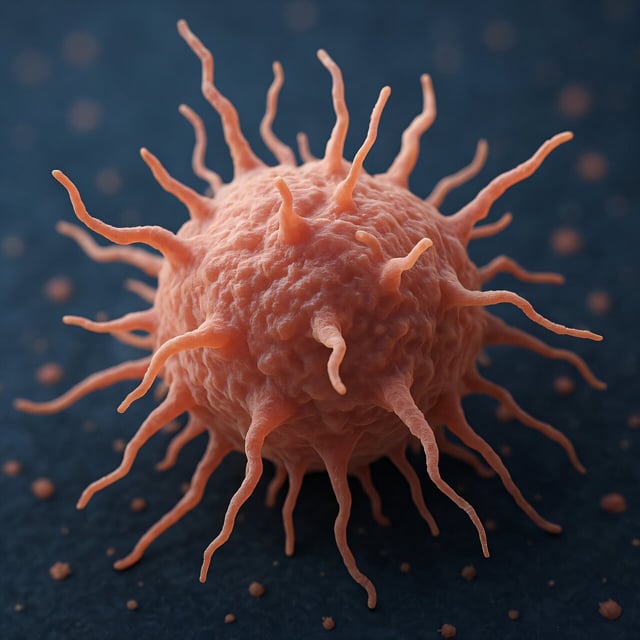Overview
- Investigators exposed murine macrophages to six pathogen-related stimuli and performed dense time-series profiling of gene expression and chromatin accessibility to establish a stepwise molecular timeline.
- High-content CRISPR knockout screens combined with single-cell RNA sequencing pinpointed hundreds of genes whose loss alters distinct phases of pathogen detection, inflammation and resolution.
- The study revealed dozens of regulatory proteins, including well-known JAK-STAT components alongside splicing factors and chromatin remodelers with previously unrecognized immune roles.
- Machine learning–driven integration of epigenome, transcriptome and functional screening data enabled systematic dissection of activation, signaling and homeostasis programs.
- This framework is the first to merge time-resolved multi-omics profiling with high-content CRISPR screening to generate a comprehensive regulatory map of innate immune responses in macrophages.
